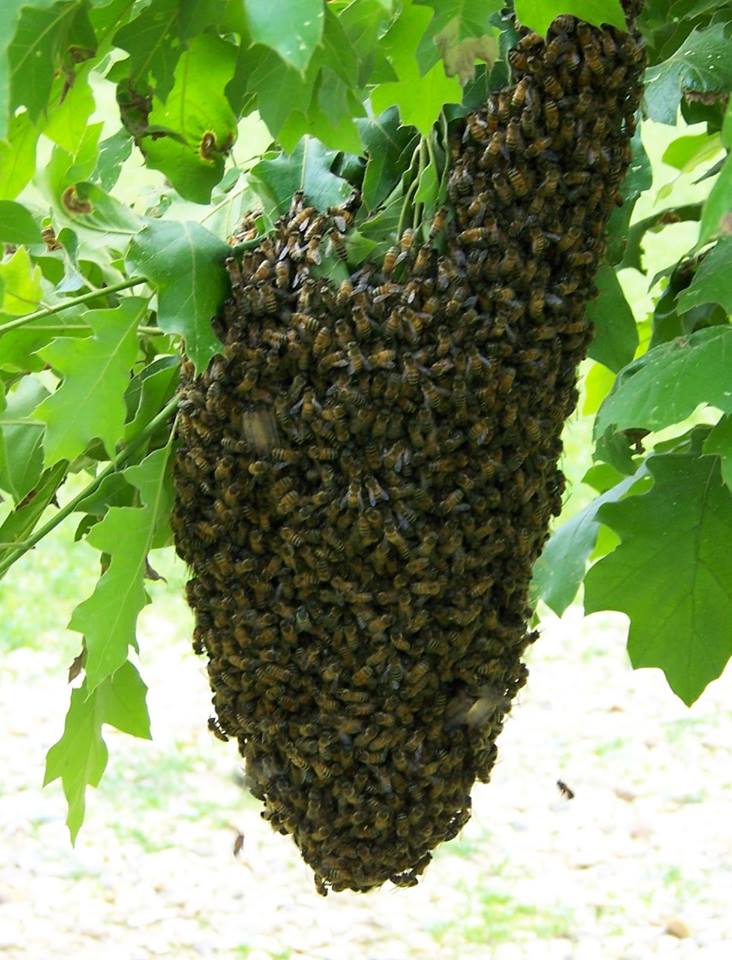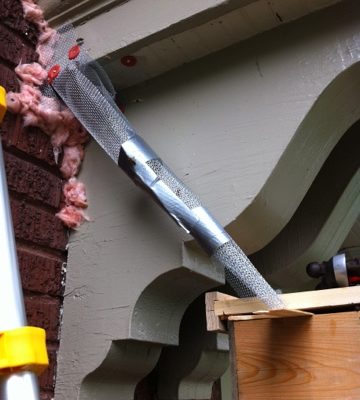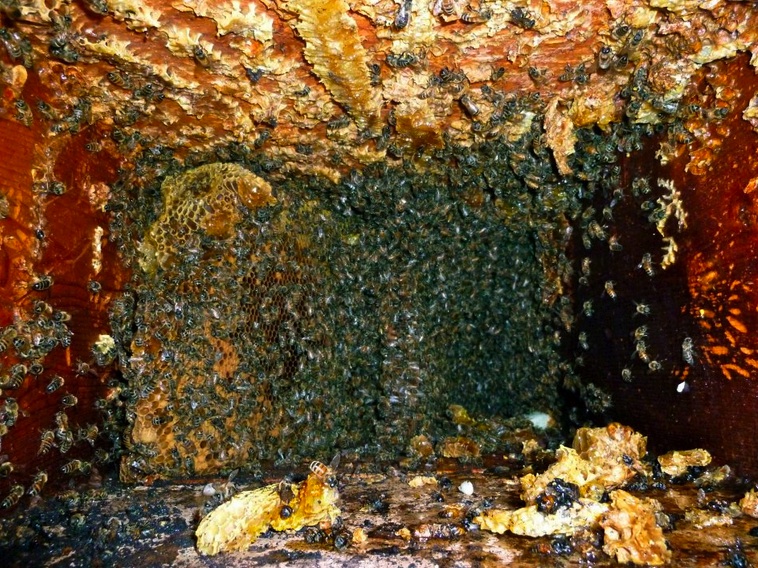
Call: 513-675-9897
Friends, we’ve entered the most exciting time of the year…it’s SWARM SEASON! ![]() If you happen upon a sweet swarm of humming, morphing, happy bees hanging from a tree…or from a lamppost, a porch railing, an awning, or from some other curious support…don’t panic. A swarm is one of the universe’s great gifts to us.
If you happen upon a sweet swarm of humming, morphing, happy bees hanging from a tree…or from a lamppost, a porch railing, an awning, or from some other curious support…don’t panic. A swarm is one of the universe’s great gifts to us.
Please call a beekeeper who will collect the swarm and re-hive it where it will live on to forage and pollinate and make us all happier.
My phone number: 513-675-9897. And if I can’t get there right away, I’ll call someone who can.
.
































